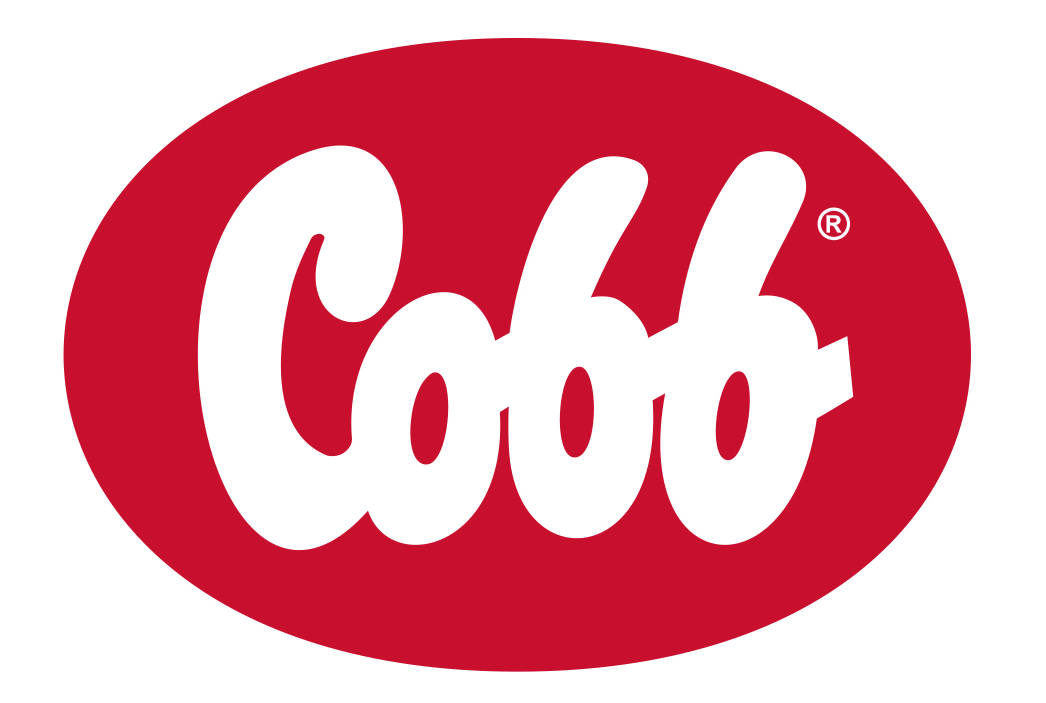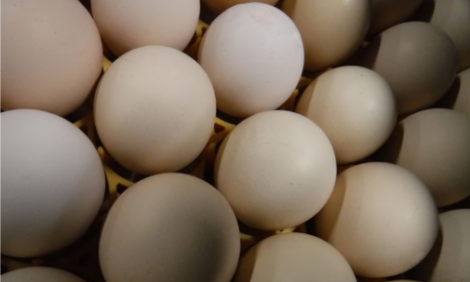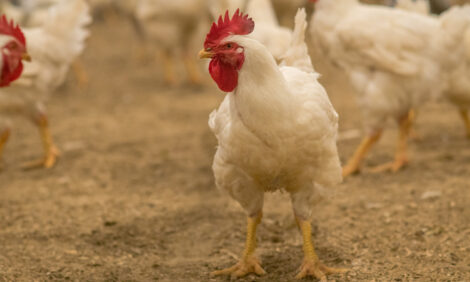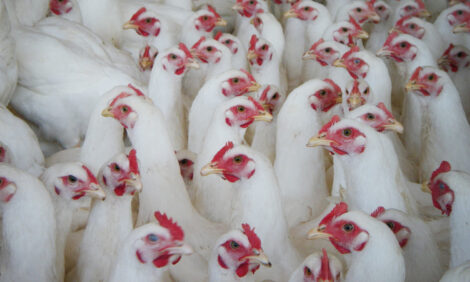



Cobb Breeder Management Guide: Analysis of breeder bodyweight
Learn more about managing bodyweight uniformityPart of Series:
< Previous Article in Series Next Article in Series >
Editor's note: This article is an excerpt from the Cobb Breeder Management Guide and additional articles will follow. The Guide was designed to highlight critical factors that are most likely to influence flock performance. The management recommendations discussed were developed specifically for Cobb products. The recommendations are intended as a reference and supplement to your own flock management skills so that you can apply your knowledge and judgement to obtain consistently good results with the Cobb family of products. To read or download the complete Guide or to view Cobb's other management guides, click here.
Below is an example of a bodyweight recording chart.

Average Bodyweight
Using the chart above, the average weight was calculated:
Total weight of 100 birds = 59.5kg (131 lb)
Average weight per bird = 595 g (1.31 lb)
Another way to quickly calculate the average flock bodyweight is to find the bird in the middle of the sample. (In above example, the middle bird will be #50). Make a cumulative calculation of the bird numbers (last column of table) to find bird #50 which is between 44 and 67 or between 580 and 600 g. Then average these weights (590 g). Although this deviates 5 g from the standard calculation, it is a quick and efficient estimate.
Standard Deviation (SD)
The standard deviation is a measure of how widely values are dispersed around the average value (the mean). In a normal flock, approximately 95 % of the individual birds will fall in a band +/- two standard deviations either side of the average bodyweight.
Coefficient of Variation (CV)
The coefficient of variation (CV) is commonly used to describe variability within a population. A low CV indicates a uniform flock. A high CV indicates an uneven flock. Variation can be expressed either in terms of average bird weight, standard deviation of bodyweight, or coefficient of variation in bodyweight
Using the data above, CV was calculated:
(Standard deviation (g) ÷ average bodyweight) X 100 = CV
(35.7 g ÷ 595 g) X 100 = 6
Uniformity
Uniformity is a measure of the variability of bird weight in a flock and is measured by weight +/- 10 % of the average bodyweight and/or by coefficient of variation.
To calculate flock uniformity
- Count the number of birds that are in the 10 % range on either side of the average bodyweight of the 100-bird sample.
- Subtract the total number of birds that are outside the 10 % range from the 100 birds sampled. This number is expressed as flock uniformity percentage.
Using the data from the previous page as an example:
6 birds (+ 10 %) + 4 birds (- 10 %) = 10 birds total outside the 10 % range
100 birds sampled - 10 birds total outside the 10 % range = 90 % uniformity
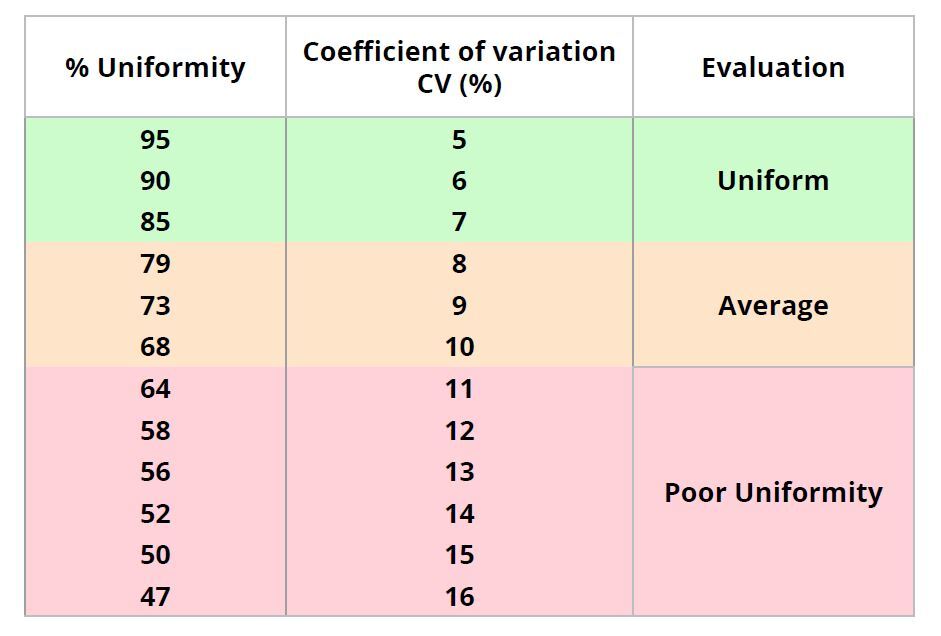
Maintaining good uniformity
A uniform parent breeder flock will be easier to manage and will produce more chicks per hen housed than an uneven flock. Good uniformity results from careful attention to detail.
Factors leading to bodyweight uniformity problems
- Mixing day old chicks sourced from parents with extreme age differences
- Incorrect nipples for bird age
- Insufficient water supply or availability
- Beak conditioning, if not performed at a high standard
- Incorrect feeding space, feed amounts or poor feed distribution (feed not making a complete loop)
- Too high or too low energy feeds and not balanced with protein and amino acid profile
- Incorrect or variable pellet size
- Incorrect feeder height
- Irregular feeding times (always feed at the same time)
- Fast feed cleanup time (less than 30 minutes)
- Poor ventilation and extreme temperatures
- Poor lighting (distribution or uniformity)
- Over stocking
- Uneven bird distribution over the length of the house
- Incorrect bird numbers or pen drift
- Disease or parasitic infections







